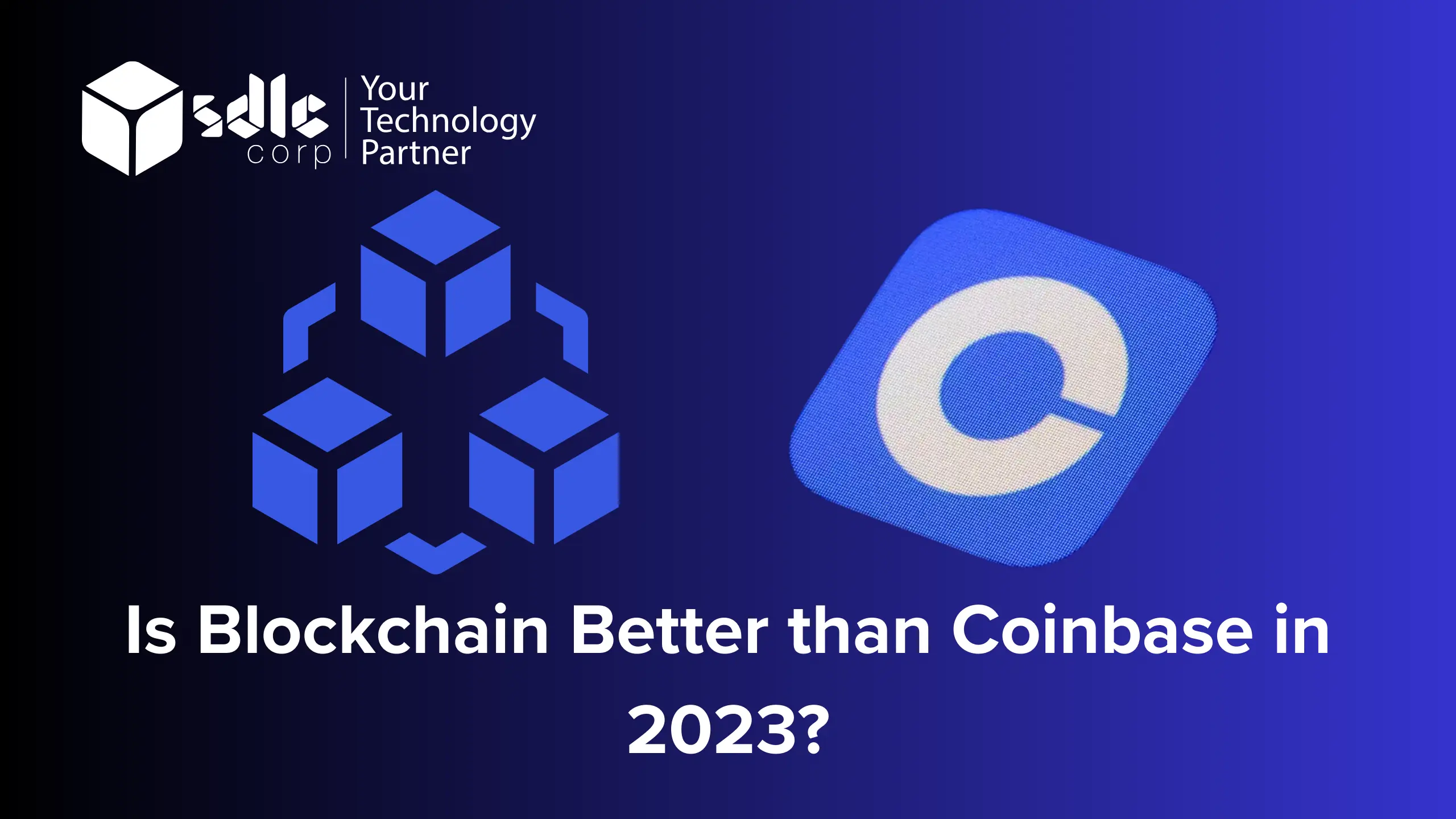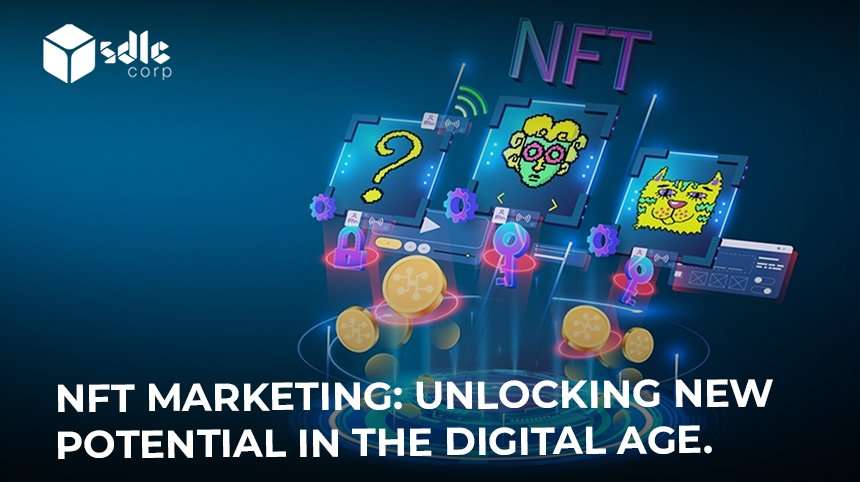How will Blockchain and NFTs change the Construction Industry
Blockchain and NFTs in Construction Industry: The current media focus and hype surrounding blockchain are primarily due to cryptocurrencies such as bitcoin. But that is just one way of using blockchain technology.
Some Other Practical Applications of Blockchain in the Construction Industry
Smart Contracts
When anything is being built, there are often several different firms involved. In most situations, you are required to wait in order to get contracts, modification orders, and addenda from all of the parties involved.
You are required to make payments to all of the relevant businesses and wait for them to provide their status reports.
The use of blockchain technology enables us to create intelligent digital contracts that include a centralised tracking mechanism
Before work begins on a project, the firms that are participating in it establish the ground rules, including deadlines and penalties.
During the course of the project, these rules will be automatically enforced by the blockchain.
Explore our other insights!

Blockchain in Supply Chain | Track and Trace with Blockchain Technology
Introduction In today’s interconnected world, supply chains have grown more complex, often spanning multiple countries and industries. Ensuring

Is Blockchain Better than Coinbase in 2023?
Is Blockchain Better than Coinbase most asking question? So Coinbase is good than blockchain for manageable format, buying

NFT Marketing: Unlocking New Potential in the Digital Age
NFT Marketing : Unlocking new potential in the digital age. NFT Marketing Potential: The digital age has brought
Skilled Labour
Vendors and suppliers will be able to employ one-of-a-kind identifiers made possible by the blockchain to keep track of their performance and enhance their reputation.
The blockchain is the “source of truth,” in contrast to the self-reported and unchecked information seen on LinkedIn postings and resumes.
Before making a hiring decision, it is recommended to review a company’s qualifications and investigate their previous positions.
You will have an easier time screening prospects and locating potential hires.
Payments
The construction business consistently struggles with ongoing challenges such as late payments and problems with cash flow.
When two parties engage in business with one another, it is not uncommon for a number of complications to arise, including incorrect invoices and payments, bank holidays, costs associated with currency translation, and so on.
Over 80 days is the typical amount of time that it takes for smaller and medium-sized businesses to pay their suppliers.
This has the potential to put the whole supply chain in jeopardy.
Build the Future: Explore Blockchain and NFTs in Construction Now!

Supply Chain Management
Over the course of the last two years, the precarious nature of our global supply chain (Blockchain in Supply Chain) has come into the spotlight.
Using blockchain in construction systems can make them more reliable because materials can be tracked and logged, and delivery times can be made easier, faster, and less bureaucratic.
Dispute resolution is faster.You have a better handle on the inventory, and you can place orders for and receive deliveries of items on an as-needed basis, which helps cut down on waste.
This may result in reduced expenses as well as a shortened timetable.
BIM and Smart Asset Management
Building information models can act as a single source and dashboard for all information.
All the parties would be working to match the physical construction to the BIM model. Any deviation from the model would result in penalties.
A BIM model can have information about the supply chain, like where the materials came from, how they were paid for, what changes were made, etc.
By combining BIM and blockchain in smart contracts, you can make payments, send out material orders, hold subcontractors accountable, and improve transparency and communication.
Drawbacks
There’s a long road ahead before blockchain becomes the norm in construction.
The majority of businesses have not yet made the transition to using 3D modelling software and instead continue to plan all of their projects using a 2D format.
To accept blockchain technology, major cultural and organisational shifts, as well as the creation of innovative business models, are required.
Building codes and regulations will be some of the last to be converted to blockchain documents.
For the time being, we must balance three different channels.
1. Paper trial
2. Experiment with email.
3. Blockchain trial
Under current time constraints, designers and engineers are already working at or near their maximum capacity.
Applications that use blockchain technology are required to function autonomously and without the need for human monitoring.
Another issue of worry is the whole price of the system.
The building business currently operates with rather slim margins of profit. It is not reasonable to expect that small and medium-sized businesses would immediately spend money on new technology and recruit the personnel required for its implementation.
Another issue is that the BIM modules do not represent a reliable source of information. It would seem that technology related to blockchains are being created.
If one makes the very unreasonable presumption that engineers and designers will get it right while those working on construction sites will get it incorrectly, then the following may be said:
Drawings are made to be worked on by contractors and subcontractors.
I believe blockchain in contracting projects will be used more in the future, but it cannot operate on the same principles as the shipping industry or automobile industry.
We don’t have that level of precision, and everything isn’t automated.
Any manual intervention brings in a certain margin of error, which adds up. There are also many parts of consultation, like RFIs or requests for information, that can’t be automated.
Blockchain use in construction will definitely help large, complex projects, but small and medium-sized companies that are still modelling in 2D may not see the benefit right now.
The construction industry is usually late to adopt new technologies, so seeing people discuss the idea of blockchain is very exciting.
Optimize Projects: Discover How Blockchain and NFTs Are Shaping Construction!

In the Contract Manufacturing Industry, NFT
There is no other sector that is interested in collaborating and doing business in a more environmentally friendly way.
Blockchain technology can be used for any size project with multiple stakeholders and stages, from planning to design, production, maintenance, operation, and everything in between.
“Smart contracts” are contracts that automatically carry out their terms and are made possible by the blockchain.
In addition to this, the settlement itself acts as a mechanism that governs the connection that the events have with one another.
To put it into perspective, you put money into it, acquire a suitable of your choosing, get your trade, and the machine itself is comfortable enough that breaking it in would cost more than the cost of the machine itself.
Traditional contracts for design, construction, and services may be deconstructed into a sequence of activities that are tied to payments in the design and construction business, which is characterised by a complex transactional environment.
In fact, we might think of this string of very minor operations as a milestone on the path to payment in the context of smart contracts.
Additionally, the issue about smart contracts is not whether they will make their way into the market but rather when they will do so.
NFTs and Long-Term Sustainability
DLT improves fabric safety, sustainability, and embodied carbon.
Power costs hinder blockchain adoption. Cryptocurrency systems produce tokens by solving math problems and verifying transactions.
This affects major crypto systems. Many crypto systems aspire to manufacture currencies using renewable energy.
NFT’s environmental impact is limited, but it may speed up the adoption of sustainable building solutions.
Few free technologies monitor a building’s carbon footprint, and contractors may not know how to use them. NFTs may check a task’s environmental records.
Tokenized structures or assets might provide transparency and agility to EPD interactions. AEPI’s Sustainability Extension for BIM drives EPDs (LEED).
LEED isn’t always needed, and many contractors don’t value EPDs. Many companies may need to make EPDs or material provenance reports without third-party verification because they don’t have enough money.
All this data may be kept in an NFT without costly intermediaries. 1/3-party verifiers tokenize EPD as NFT.
Product manufacturers, designers, contractors, owners, operators, and building residents may see EDP fees and data.
FAQ’s
1- What are blockchain's building applications?
Blockchain with BIM may offer a single source of truth for all production components. This kind of model could become the trusted digital twin of an asset, helping to design, build, run, and take care of it over its lifetime. Here you can check How Blockchain is Revolutionizing the Mobile App Development Process?
2- How can blockchain be used in architecture?
Distributed computing, crypto-chain block systems to store statistics, node consensus methods to check information, and smart contracts to store software data are all used in the blockchain era (Xu et al., 2021).
3- How are NFTs and smart contracts related?
To produce NFTs, smart contracts are used, which may assign and reassign ownership of the asset even while it is being transferred or resold. At their most basic level, smart contracts are a way to make sure that a purchase agreement is followed.
Explore our other insights!

Blockchain in Supply Chain | Track and Trace with Blockchain Technology
Introduction In today’s interconnected world, supply chains have grown more complex, often spanning multiple countries and industries. Ensuring

Is Blockchain Better than Coinbase in 2023?
Is Blockchain Better than Coinbase most asking question? So Coinbase is good than blockchain for manageable format, buying

NFT Marketing: Unlocking New Potential in the Digital Age
NFT Marketing : Unlocking new potential in the digital age. NFT Marketing Potential: The digital age has brought















